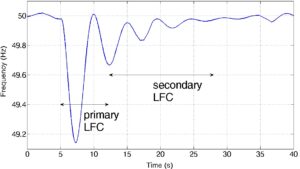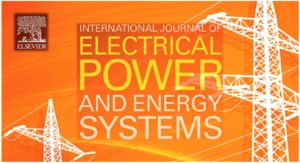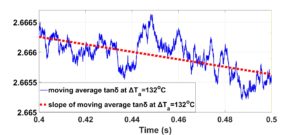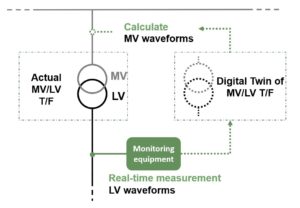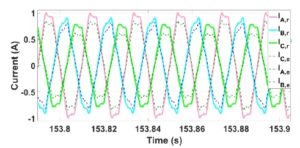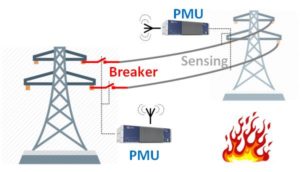Aug. 2022

It gives me immense joy to announce that I have joined the core team of the Climate Change AI (CCAI) organization. I will be serving the role of Power & Energy Community Co-Lead, alongside the tireless, devoted and unimaginably energetic CCAI’s co-founder, Dr. Priya Donti,
CCAI has identified climate change as the humankind’s most imminent existential threat, affecting primarily those who are underprivileged – communities of color, impoverished, without access to advanced technology and modern infrastructure. Within CCAI it is also understood that the climate change is a multi-faceted problem, at varying scales and with unique nuances across different sectors. In this sense, Artificial Intelligence (AI) and the computational tools, approaches and frameworks it brings to the table represent the means to implement the coordinated and demanding efforts required to address this threat. However, with AI’s meteoric rise, its adverse impacts come also into scope within a world that attempts strides towards a fairer, more inclusive and more equitable environment and society. CCAI seeks to be the organization that brings together researchers, engineers, entrepreneurs, policy and decision makers, and all stakeholders from the public and private sectors to promptly and consistently create the community, educate the society, inform the infrastructure planning and serve as the global forum that will put AI to the service of climate change mitigation for the sake of each and every life on the planet.
My first couple of weeks within CCAI have been absolutely amazing. The organization has shown immense attention to detail, there are multiple outcomes of hard and coordinated work, the processes are defined clearly and the roles are crisp. Having being part of many volunteer and non-profit organizations for the past 15 years of my work on renewable energy research, CCAI is among the very few that have been so meticulously designed and operated. Combining this with the CCAI’s community’s passion for the cause, the members’ unwavering work ethic since the organization was first rolled out in 2019 and all the plans already in motion across multiple venues, I am certain that CCAI heads out to build and inspire many great accomplishments in this space! If you are reading these lines, you should definitely reach out and engage with the CCAI.
I want to thank from the bottom of my heart Dr. Priya Donti, Marcus Voss, Raphaela Kotsch, Dr. Kasia Tokarska, Dr. Evan Sherwin and the many other CCAI team members for the warm welcome. Let’s do this!

